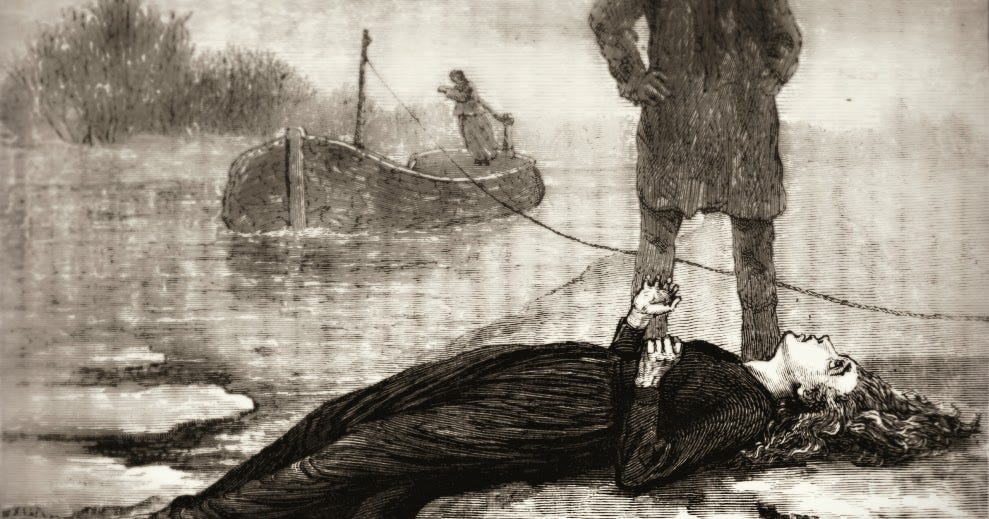Prometheus Bound & Unbound
The enigma of Percy Bysshe Shelley & the Promethean summer of 1816
“The prominent feature of [Percy Bysshe] Shelley’s theory of the destiny of the human species was, that evil is not inherent in the system of the creation, but an accident that might be expelled….Shelley believed that mankind had only to will that there should be no evil, and there would be none….That man could be so perfectionized as to be able to expel evil from his own nature, and from the greater part of the creation, was the cardinal point of his system.”
~ Mary Shelley
“The great writers of our own age are, we have reason to suppose, the companions and forerunners of some unimagined change in our social condition or the opinions which cement it. The cloud of mind is discharging its collected lightning, and the equilibrium between institutions and opinions is now restoring or is about to be restored.”
~Percy Bysshe Shelley, Preface to Prometheus Unbound
“If there be a God, since there is a God, the human race is implicated in some terrible aboriginal calamity. It is out of joint with the purposes of its Creator. This is a fact, a fact as true as the fact of its existence; and thus the doctrine of what is theologically called original sin becomes to me almost as certain as that the world exists, and as the existence of God.”
~John Henry Newman, Apologia Pro Vita Sua, Chapter Five
1816: The Year Without a Summer; Mary Shelley’s Frankenstein

Percy Bysshe Shelley was still in Italy at the end of 1816, bringing the fire of his poetry to the world along with his ideas on the perfectability of man and his ability to will evil away, while the corpse of his pregnant, abandoned wife—with whom he had eloped when she was sixteen, and had two children—was found by a pensioner from Chelsea Hospital one December morning, floating in the Serpentine in London's Hyde Park. The inquest following at the Fox and Bull Inn at Knightsbridge ruled that Harriet Shelley was “found dead” by suicide. Harriet had disappeared from her family for some weeks, two years after her husband had abandoned her and their children to run away with Mary Godwin, the sixteen-year-old daughter of Shelley’s political idol who advocated for free love against the constraints of marriage. Mary’s elopement mirrored Harriet’s own with Shelley at the same age, five years before.
The two children Harriet had had with Percy were left to the care of a sister and the family.
Keep reading with a 7-day free trial
Subscribe to Dispatches from Biblioll College to keep reading this post and get 7 days of free access to the full post archives.




